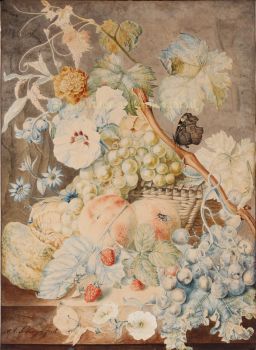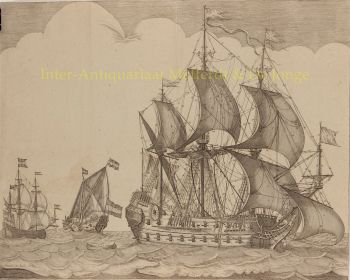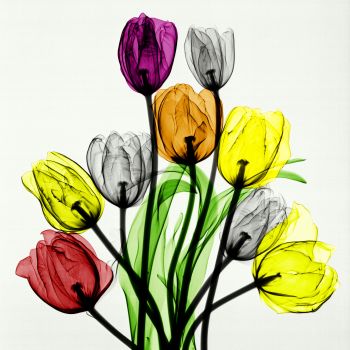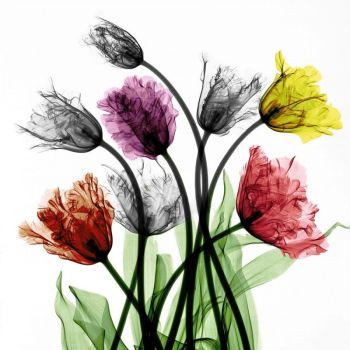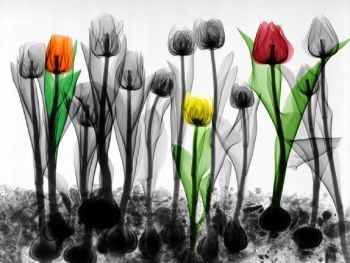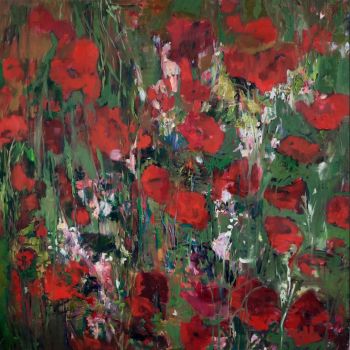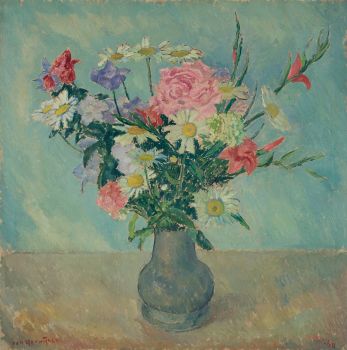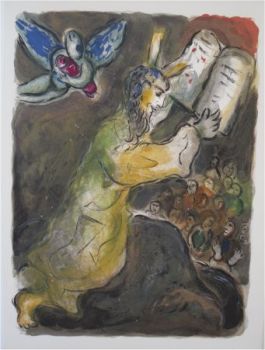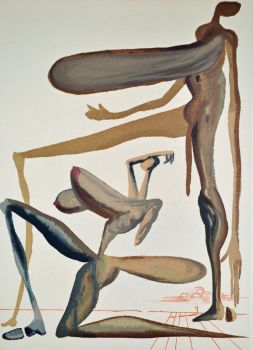Tulips 1737 - 1745
Johann Wilhelm Weinmann
PapelImprimir
33 ⨯ 21 cm
€ 1.250
Inter-Antiquariaat Mefferdt & De Jonge
- Sobre arteTulips, etching with mezzotint from the "Phytanthoza iconographia", a florilegium published by Johann Wilhelm Weinmann between 1737 and 1745. Printed in colours with hand finishing. Size: 33,5 x 21,5 cm. (Frame: 42 x 55 cm.) Johann Wilhelm Weinmann (1683-1741) was an apothecary from Regensburg whose success in business funded his interest in botany. He created a botanical garden with a collection of plants which formed the basis of the Phytanthoza iconographia, a comprehensive iconography of “several thousand plants, trees, perennials, herbs, flowers, fruits and sponges, both domestic and foreign, from all four parts of the world collected with tireless diligence over the course of many years, which are engraved in the nicest way on copper, and at the same time by a newly invented way, after nature with vivid colours in most graceful illustrations.” To illustrate his florilegium, Weinmann hired the brilliant young botanical artist Georg Dionysius Ehret (1708-70), who, in his inexperience, agreed to terms highly unfavorable to himself. Disgusted with the miserly pay, Ehret wound up leaving the project after completing 500 designs, and his pivotal contribution to the work is nowhere acknowledged in the publication. The plates made an enormous impact on other artists, botanists, and printers, inspiring, among others, Christoph Trew, who saw his "Plantae Selectae" as an extension of Weinmann's work (a properly-paid Ehret did the illustrations for Trew). The mezzotint process used for the Phytanthoza had been invented by Johan Teyler in the Netherlands around 1688. This particular plate was made by by Johann Jakob Haid (1704-67), who combined etching and mezzotint, which made delicate lines and a very fine grain possible. The addition of hand-tinting brought about unusual and subtle effects. Price: Euro 1.250,- (incl. frame)
- Sobre artista
Johann Wilhelm Weinmann, boticário e botânico, é conhecido por sua criação do florilegium Phytanthoza iconographia entre 1737 e 1745, um projeto ambicioso que resultou em oito volumes fólio com mais de 1.000 gravuras coloridas à mão de vários milhares de plantas.
Você está interessado em comprar esta obra de arte?
Artwork details
Categoria
Assuntos]
Material e Técnica
Cor
Related artworks
- 1 - 4 / 24
Frères Daum
Daum Nancy – “Paysage Soleil Couchant” vase with two applied handles1900 - 1910
Prijs op aanvraagAntiques Emporium
1 - 4 / 24Marc Chagall
These are the the wordes which the Lorde hath commanded that ye should do them1952 - 1980
Prijs op aanvraagArthouse Marc Chagall
1 - 4 / 24- 1 - 4 / 12





















